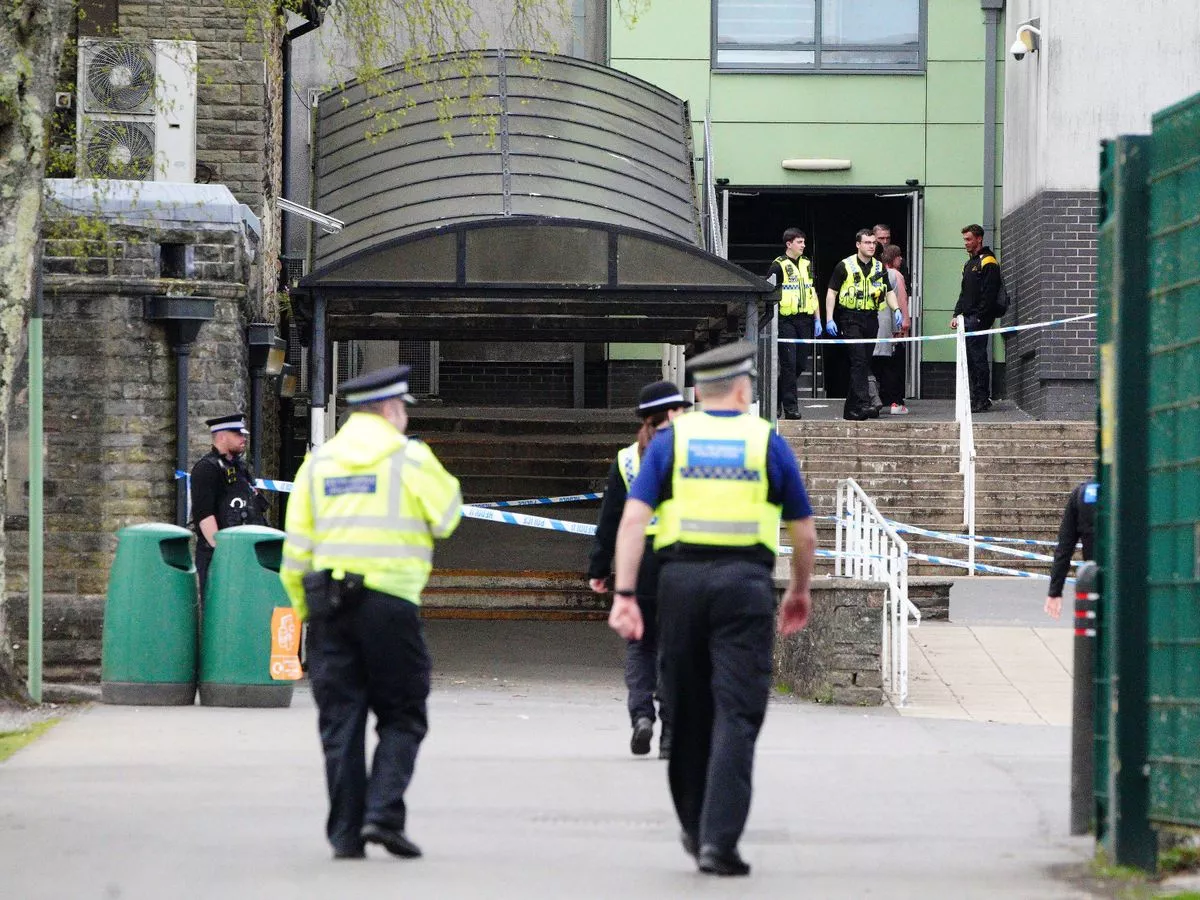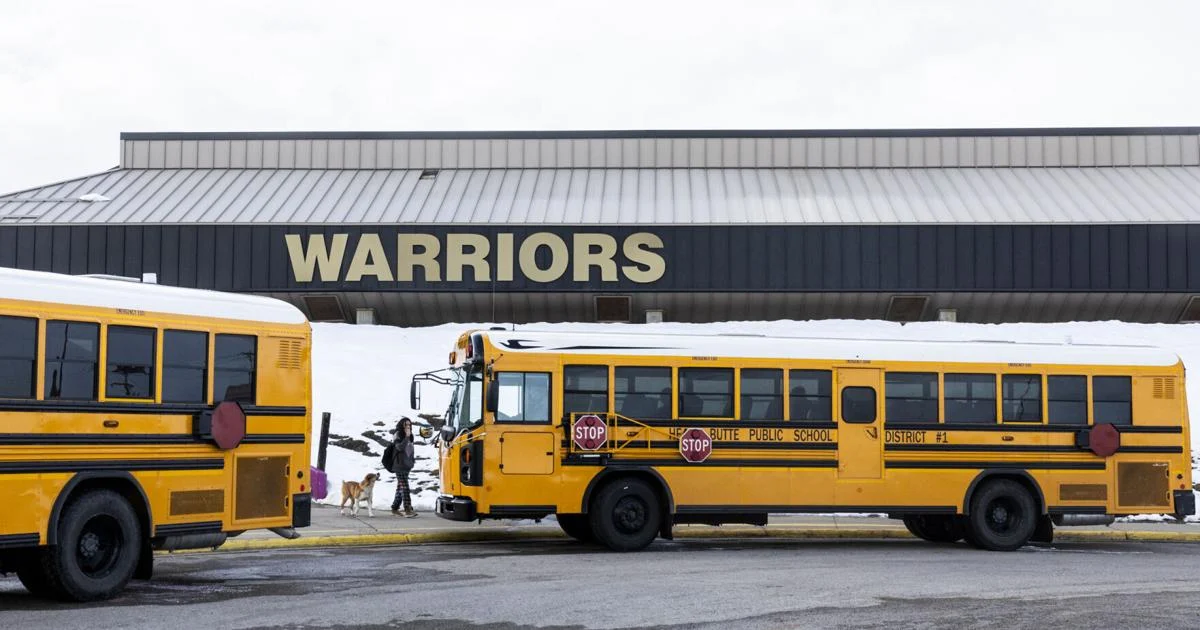By Abbie Wightwick
Copyright walesonline

A Welsh council has issued guidance to schools on how and when to search pupils for weapons. Cardiff council said the guidance has been issued in response to calls from head teachers for advice and co-produced with South Wales Police , governors, trade unions, youth services, and violence prevention experts. Searches will not be part of a daily school routine and would only happen when there’s a genuine concern that a child may be carrying a weapon or something that could cause harm. Cardiff’s Weapons in Schools and Educational Settings Guidance “is aimed at keeping staff and young people safe” and has the backing of Welsh Government , the authority said. It comes amid growing concern about violence in schools and warnings from teaching unions. The Chief Inspector for Education has also described and warned about violence in schools in a damning report. The guidance, which parents have received letters about this week, says pupils may be searched “if staff have a reasonable suspicion that a young person is in possession of a weapon on the grounds of the school or educational setting”. Searches would be carried out by two trained staff with scanners. “If a search is needed it would be done safely, respectfully, and in private – never in front of other pupils – and always with two trained staff members present,” a document that’s been shared with parents says. “In most cases a handheld scanner (or ‘wand’) will be used so your child won’t be touched or physically searched. This approach is designed to protect everyone’s dignity and wellbeing while making sure schools remain safe places to learn.” The council said the guidance “sets out a clear and consistent approach for schools, should they have concerns about weapons being brought to school, whilst also focusing on early support and positive change”. It added that it “recognises that there are often complex reasons why a young person might carry a weapon and encourages schools to work closely with families and other services to understand what’s going on so that the right support can be put in place”. Read the biggest stories in Wales first by signing up to our daily newsletter here . There have been multiple surveys and warnings from teaching unions about worsening behaviour and well-publicised cases of violence including walkouts by staff. Earlier this year a teenager was jailed for attempted murder after she stabbed two staff and another pupil at a Welsh secondary school. In the latest alleged incident South Wales Police confirmed on Wednesday, September 24, it was investigating an alleged assault on a member of staff by a pupil at Ysgol Bae Baglan . Neath Port Talbot Council said it was aware of the matter in the school, which it runs. Staff at a school in Flintshire were on strike on Thursday, September 25, over what they say is unaddressed bad behaviour among some pupils. NEU members at Flint High School are taking part in three days of strike action due to what the union describes as the employer’s “continuing failure to deal with bullying behaviour from the head teacher and the inability of the school’s leadership to tackle high levels of behavioural issues”. Read more: Thousands of violent incidents reported in Welsh schools On its new guidance for dealing with weapons, or suspected weapons, carried by pupils Cardiff council’s deputy leader and cabinet member for education, Cllr Sarah Merry, said: “We understand that parents and carers play a vital role in school life and we want them to feel fully informed and involved. That’s why we’ll be writing to parents to explain the reasons behind this new guidance and how it will be used in schools. “Head teachers have been asking for revised support in this area and it’s absolutely right that we’ve worked closely with them to create something practical and useful. It is also part of our review following incidents in other parts of the country and gives schools the tools they need to keep everyone safe. It’s not about creating fear – it’s about building confidence. “We know that early support – and understanding what’s going on in a young person’s life – can make a real difference. That’s why this guidance brings together schools, families, and services to work as one team. It’s a positive step that shows how much we care about our children’s safety, their right to feel secure in school, and our commitment to helping them thrive. “I also understand that some parents may feel anxious about the idea of searches taking place in schools. That’s why the guidance is very clear: searches will not be part of a daily school routine and would only happen when there’s a genuine concern that a child may be carrying a weapon or something that could cause harm. It’s not routine and it’s never done lightly. “Only if a search is needed it would be done safely, respectfully, and in private – never in front of other pupils – and always with two trained staff members present. In most cases a handheld scanner (or ‘wand’) will be used so your child won’t be touched or physically searched. This approach is designed to protect everyone’s dignity and wellbeing while making sure schools remain safe places to learn.” Police and Crime Commissioner for South Wales Emma Wools said: “I want to commend Cardiff council for showing real leadership in launching this new guidance. Keeping children safe, supporting them to remain in education, and addressing the underlying causes of violence are central to our shared vision. “Through our violence prevention and reduction unit, we have been proud to support this work building on the Wales against violence framework and the launch of the recent Cardiff without violence strategy.” “This new approach reflects the priorities in my police, crime, and justice plan – especially our focus on crime prevention and violence reduction. By working together as one system we can protect young people, reassure families, and strengthen our communities.” The council has rolled out the guidance to all primary, secondary, and special schools in the city.



